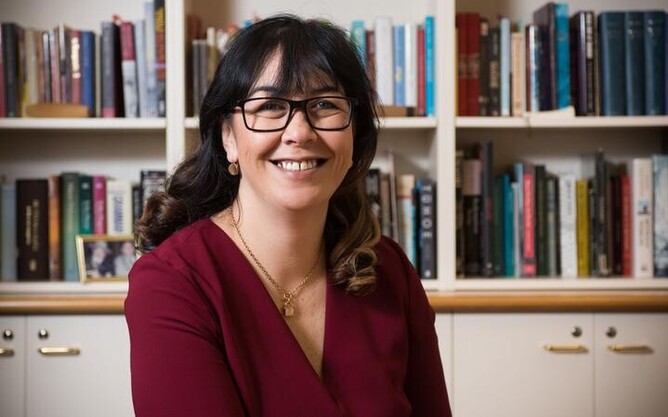- a response from Māori Language Commissioner
Just getting to 1987 was not an easy road. It was a battle that had already been fought in our families, towns, schools, workplaces, churches and yes, newsrooms for decades. In 1972 the Māori Language Petition carried more than 33,000 signatures to the steps of parliament calling for te reo to be taught in our schools and protected. Organised by the extraordinary Hana Te Hemara from her kitchen table, well before the internet, this was flax roots activism at its finest.
Hana mobilised hundreds of Māori university students who along with language activists and church members from all denominations, knocked on thousands of front doors across Aotearoa. As the petition was circulated more easily in urban areas with large populations, the majority of those who signed the petition: were not Māori. Most of those Kiwis (who would all be well into their 70s by now) didn't think that te reo was Māori nonsense.
We know from our own Colmar Kantar public opinion polling that more than eight in 10 of us see the Māori language as part of our identity as New Zealanders. Today in 2022, most Kiwis don't see te reo as Māori nonsense.
Link to article: About all the 'Māori nonsense' - a response from Māori Language Commissioner | RNZ News




